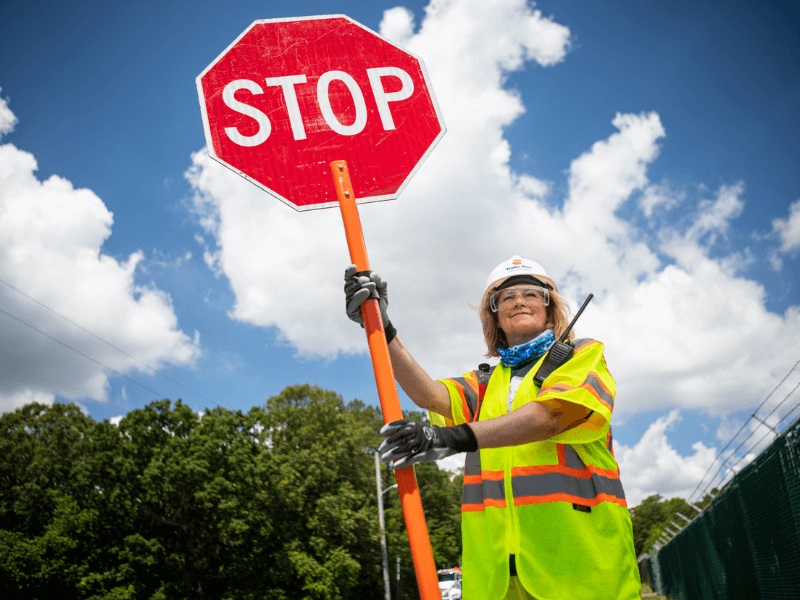NCCER - Flagging

Introduction to NCCER - Flagging
Traffic Control and Safety Basics
The NCCER Flagging course is designed to train individuals in safe and effective traffic control techniques at construction sites and roadway work zones. Flaggers play a critical role in maintaining the safety of workers, drivers, and pedestrians by directing traffic flow and responding to dynamic site conditions. This course covers essential flagging procedures, communication methods, and safety protocols in compliance with national and local regulations.
Participants will also learn how to stay alert in high-risk environments, handle emergency situations, and communicate clearly with construction teams and the public to ensure smooth and safe operations.
Course Objectives
Featured Courses
The NCCER Flagging course teaches safe traffic control, proper flagging signals, and effective communication. It focuses on work zone safety, hazard awareness, and protecting both workers and the public.
- Understand Flagging Basics: Learn the role and responsibilities of a flagger.
- Master Traffic Control Techniques: Use proper signals, signs, and equipment to direct traffic.
- Ensure Work Zone Safety: Apply safety protocols to protect workers and road users.

What Will You Learn?
In the NCCER Flagging course, you will learn how to control traffic safely using standard flagging procedures, hand signals, and proper signage. You’ll also gain skills in communication, situational awareness, and emergency response to ensure safety in and around work zones.

How to Get Started
To begin the NCCER Flagging course, enroll through an NCCER-accredited training center or provider. The course is suitable for new or experienced workers looking to meet job site safety standards. No prior experience is required—just a focus on safety and a willingness to learn proper traffic control procedures.
- Course Duration: 6 weeks
- Mode of Delivery: Online (Self-paced with Live Instructor Sessions)
- Cost:.



